
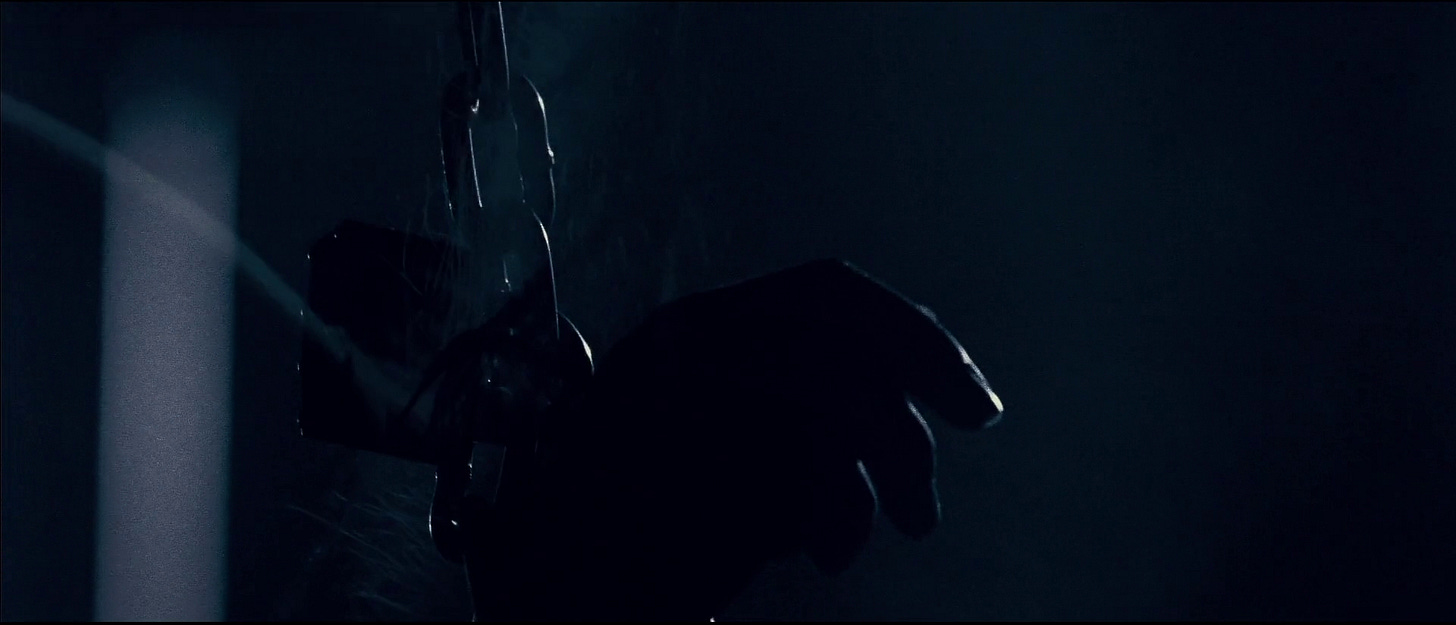
I am writing something a bit long, and a little meandering, imprecise and laudatory about this film, skipping around a lot of things that matter, something I try not to do for more than a sentence usually because I don’t have time to and because it’s a type of writing that is so easy for me to roll my eyes at I worry that I will be similarly dismissed and derided for this. The reason I am letting myself do this is because I am scared, and excited as well, but scared in a gnawing way that I want to go away. I will fill this hole with words. So enjoy these superlatives, mock them if you must, my gift to you:
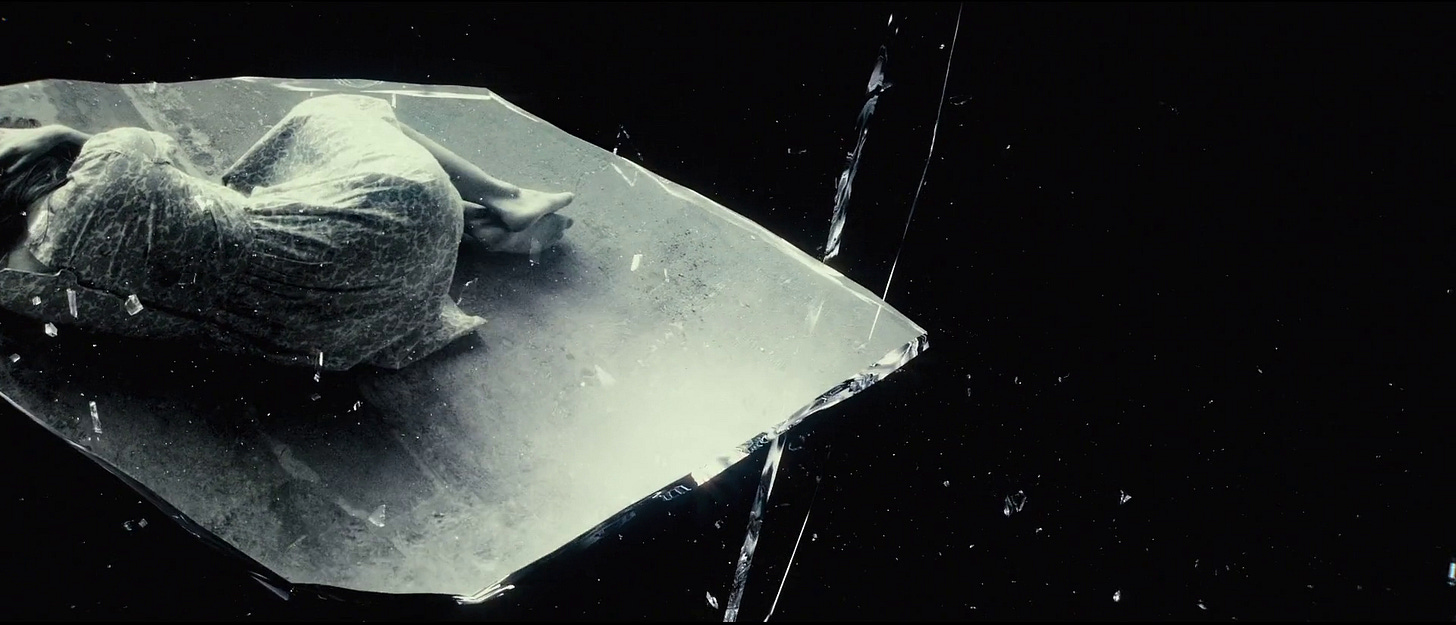
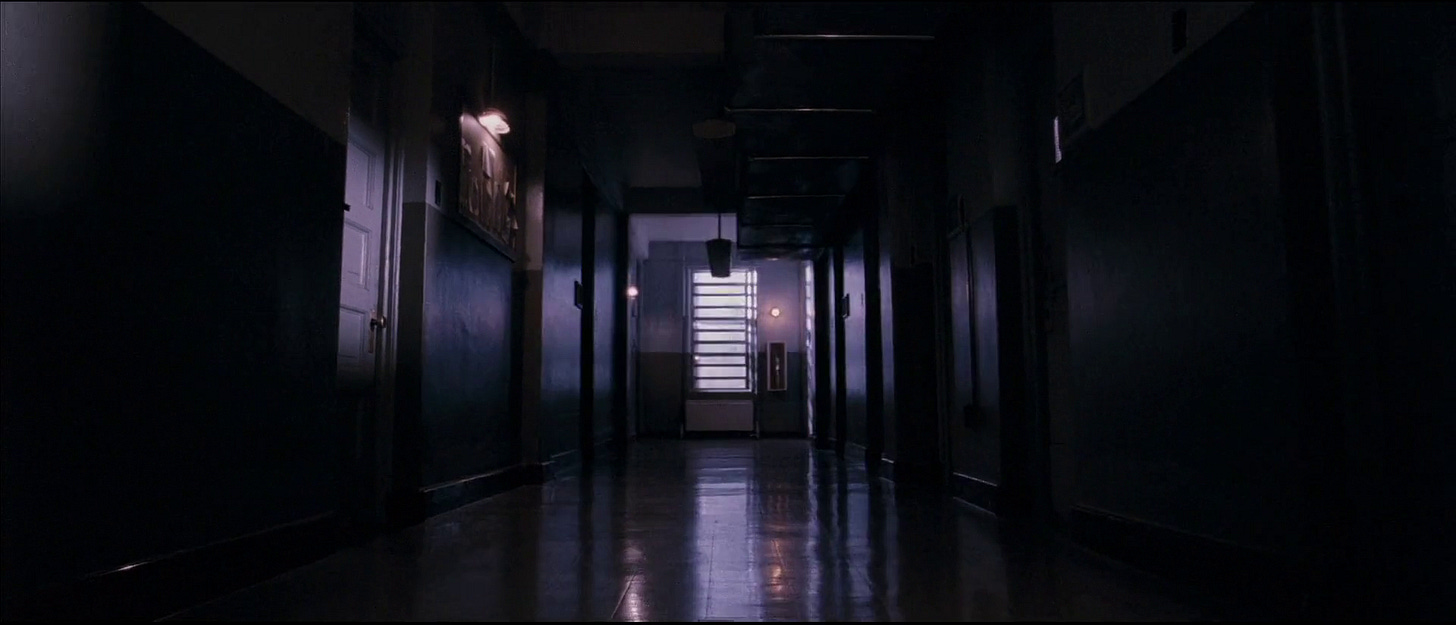
The Ward is John Carpenter’s sequel to Halloween, taking both the slasher genre motifs that the 1978 film codified and the actual thematic, aesthetic, psychological, elemental stuff of that movie’s real core fixations to their logical conclusions. Like the Rob Zombie film actually entitled Halloween II, the observation/progression/reversal/digression on the myth of the final girl is that after escaping The Shape, the Laurie Strodes of the world do not live on peaceful, virginal, quietly traumatized or stoically powerful. No, The Shape and his violence lingers and reverberates inside the final girl, fracturing her, lashing her in an eternal torment of stories and scenes, her agony and terror at something that is (not) there bewilders her senses and erupts to the surface. People will seem to her grotesques and she will seem aggressive and crazed. Because in the world outside of her mind and outside of these movies there is nothing scarier to those without stories to tell of painful experience than a person acting afraid for their life for no apparent reason. This movie is about that girl, this movie is about her reasons.
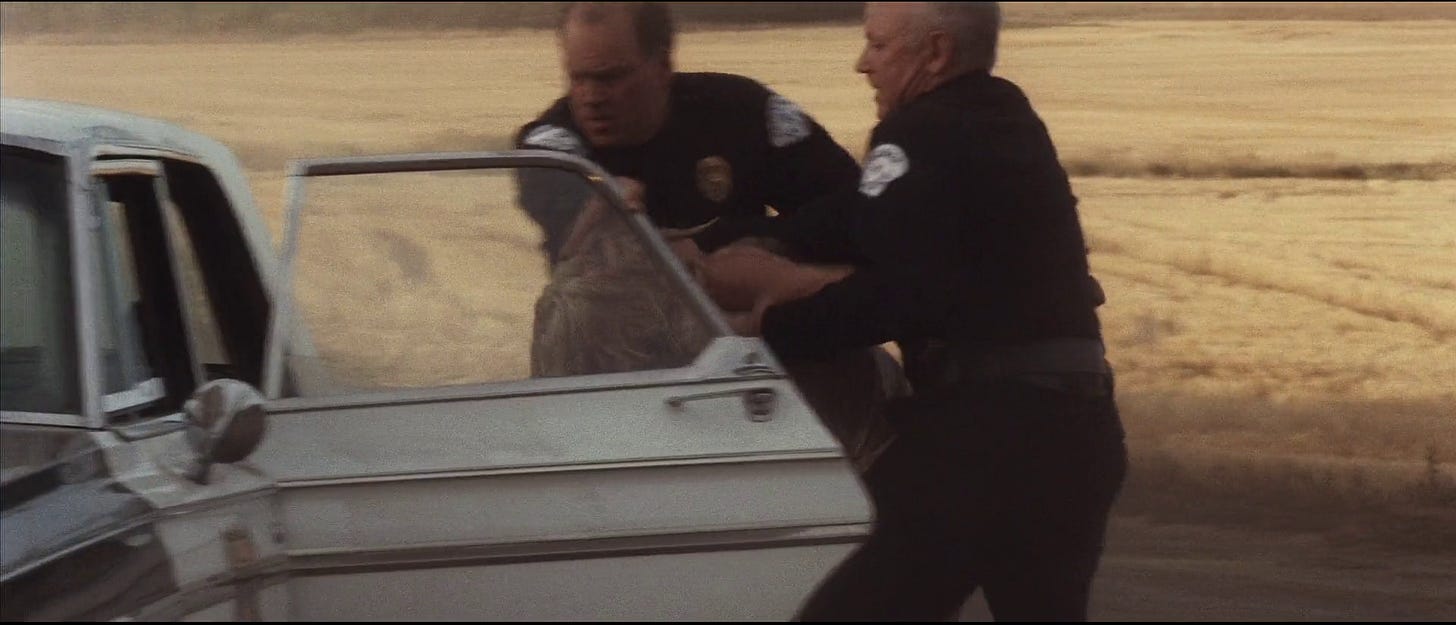
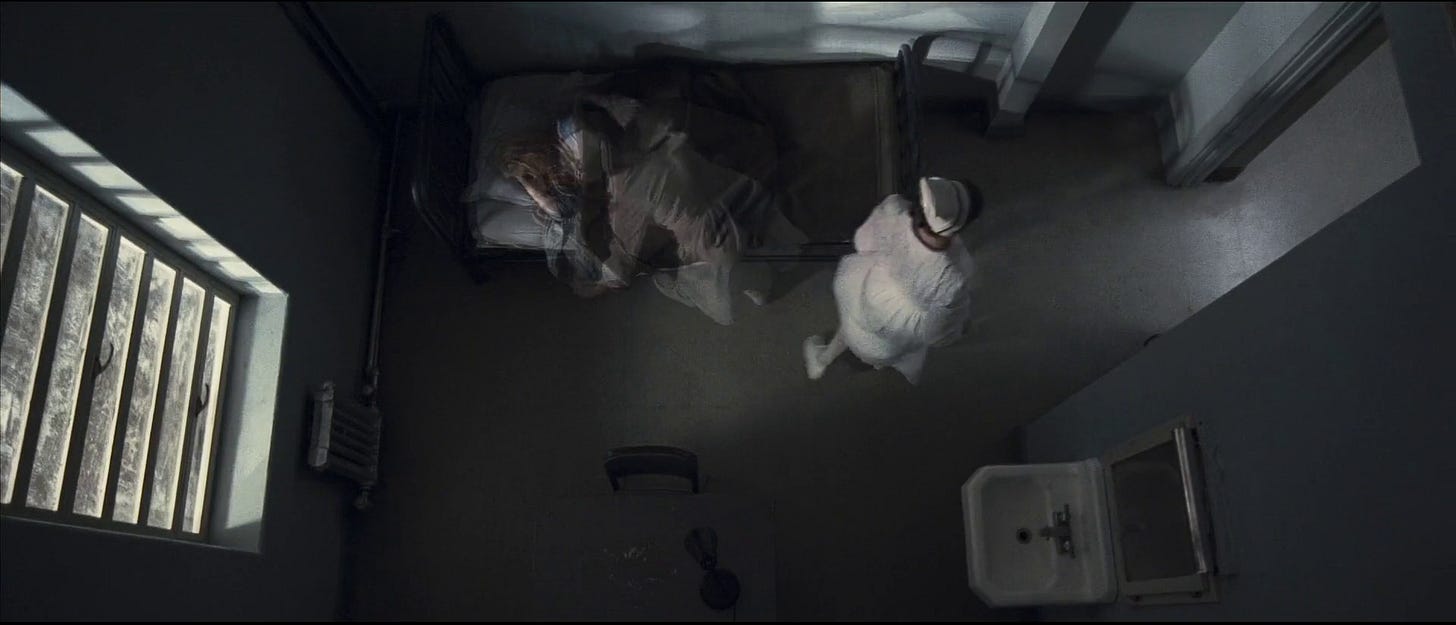
An austere entry into so-called “torture porn” genre of the ‘00s (austere in that it mostly cuts away from gruesome violence; a scene that is clearly the beginning of a rape quickly fades to black; its belonging to the genre has a lot to do with its setting, the dynamics of group entrapment and the mechanics of how deaths are orchestrated - set your gorehound speedometers low for this one, please), the film quickly grows to have the feeling of a neo-giallo -- Dario Argento’s three mothers films and Phenomena are evoked pretty intensely with the groupings of infantilized women in a contained within a space of vast corridors (oh how spectacularly Carpenter’s steadicam glides across those darkened hallways!), secrets, whispers of plots by the fascistic elder overseers, a murderer roaming and killing (un)connected to the space like a beast invoked by a spell. Carpenter has said that Argento’s films always sickened him a bit because their scenes of murder (of women) were “too beautiful,” an understandable critique although a bit funny considering that Carpenter’s films are generally gorgeous. This is Carpenter’s stab at Argento’s femicide aesthetic, refuting constantly the nagging misogyny and fetishism that undeniably haunts Argento’s leering lens while exploring its raw elements. Crucially, Carpenter makes good on the “broken mirrors/broken minds” line that Suspiria puzzlingly never really directly delivers on.
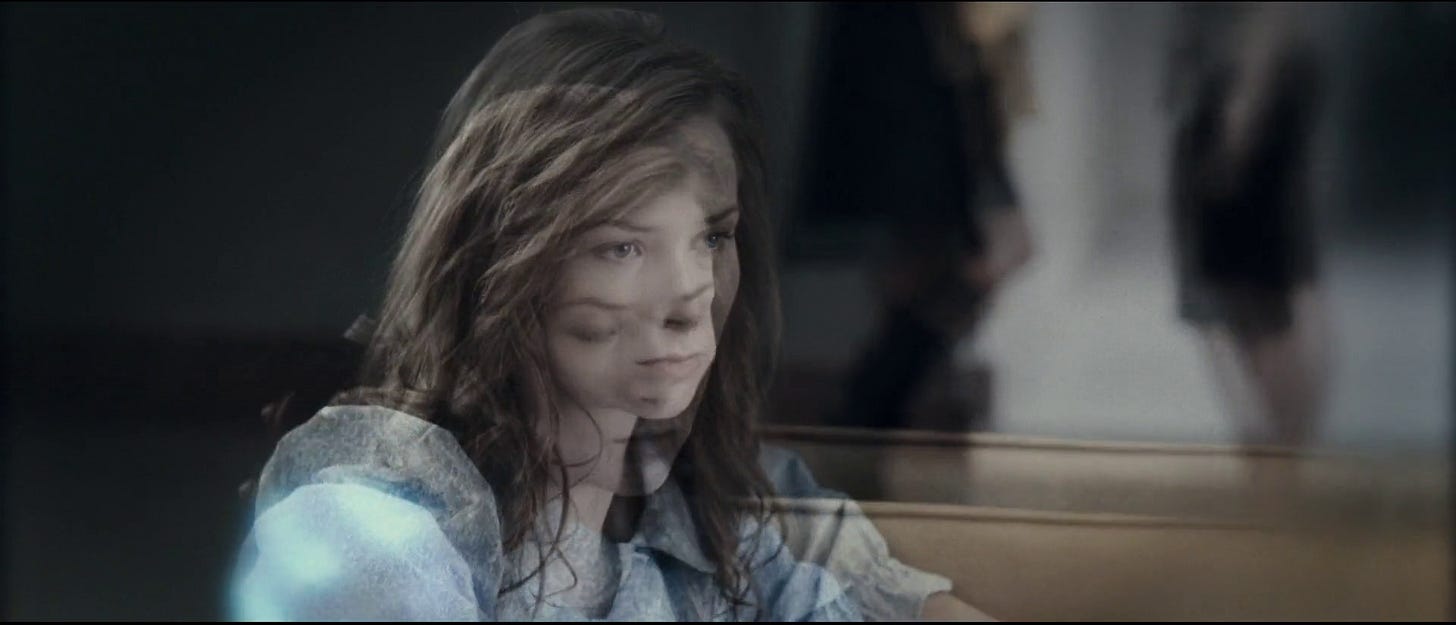
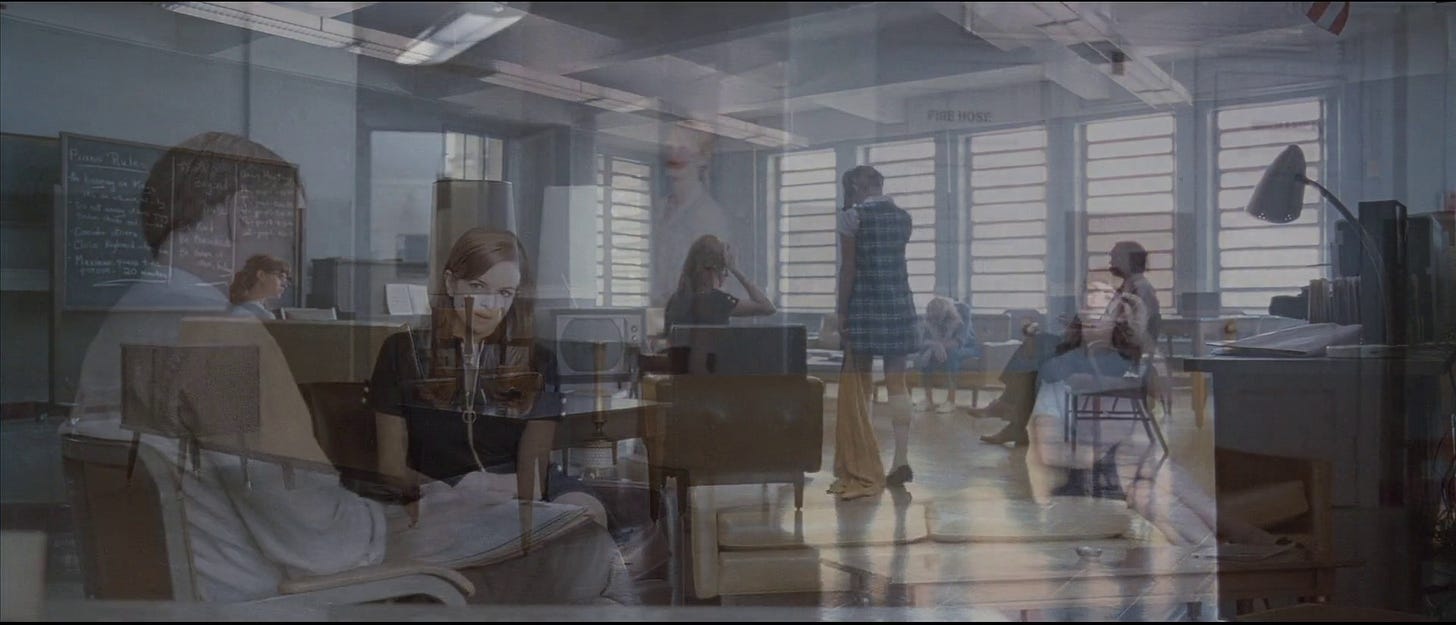
It is also (like many of the films by Carpenter and his direct peers) a loving refutation of Hitchcock and the psychological justifications of Psycho. In Halloween and in the Apocalypse trilogy, fear and monsters and insanity become the lovecraftian, the non-present and inexplicable that cannot be diagnosed or fed a prescription, a reflection of his protagonists but also something unnameable and vast. The boogeyman is real, he lives in your nightmares and in the world as well but you did not simply think of him. In The Ward, we return to illusion, insanity, explanation, inner psychology. (light spoiler) Alice’s insanity does explain everything, and can be described. But the spell of the film isn’t lifted, and it is very important to understand that the “jump scare” that closes the film is definitely real by every rule that the film has established and crucially it is the entire fucking point of the movie. Although it does in an actual sense explain “what happened” the montage that closes the movie is much like the montage at the end of In the Mouth of Madness where the flash of recollection of the film itself is the greatest terror it has to offer. Her life is like that movie for real, it all happened to her, the narrative imposed on her by everyone trying to help her is just killing parts of her that want to grow and live in whatever version of peace they can live but instead they’ve been granted a story, a slasher killer to reduce all to one. Leave her alone!!!!!!!!!
Breaks the ground that Shyamalan's Split and Glass assembled their shatter pieces from. As Norma Bates’ face faded into a skull, this is what she saw.
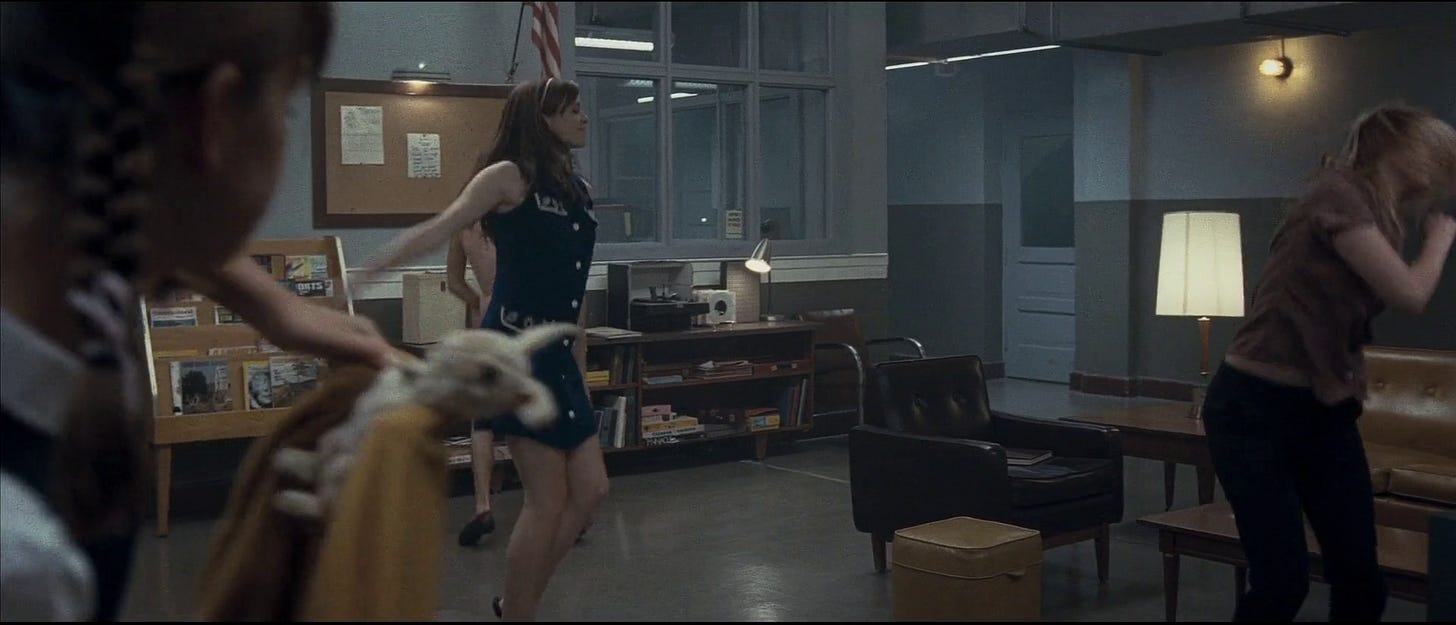

“Run baby run!”


